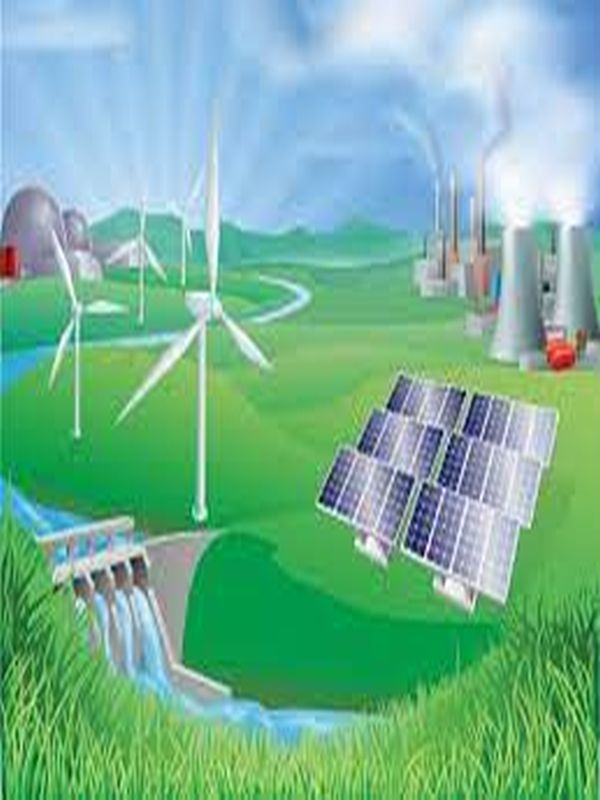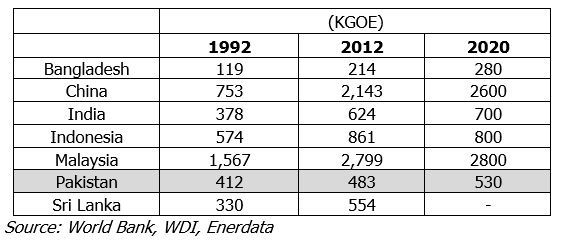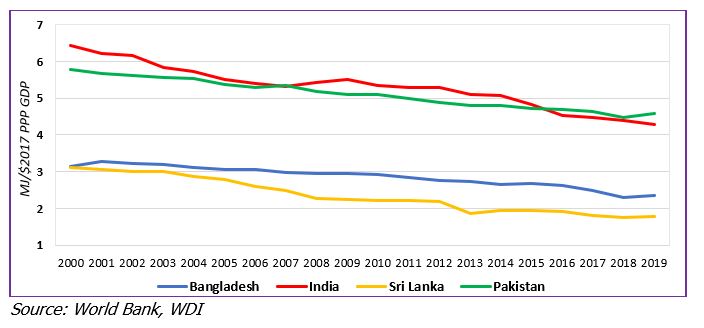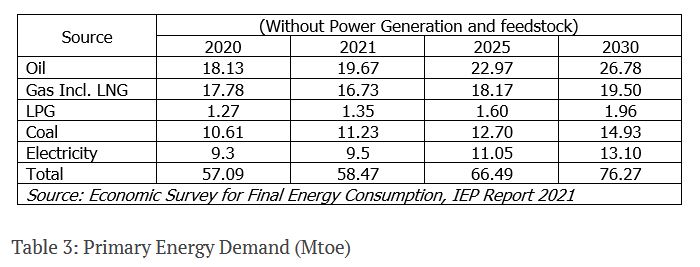
Pakistan Institute of Development Economics
- Home
Our Portals
MenuMenuMenuMenuMenuMenuMenu - ResearchMenuMenuMenuMenuMenuMenuMenu
- Discourse
- The PDR
- Our Researchers
- Academics
- Degree Verification
- Thesis Portal
- Our Portals

Adequate Energy Supply as A Driver Of Economic Growth
The importance of energy as a driver for economic growth is now well established. Economies having access to ample and inexpensive sources of energy have grown faster and for longer periods of time. Furthermore, with increased sophistication and modernization, production processes require larger volumes of energy. Today it is inconceivable to achieve high growth rates for long periods of time, without sufficient and uninterrupted energy supply.
For Pakistan’s economy to prosper and more away from the quandary it has landed in, ensuring availability of energy at competitive rates must take precedence over all other policy initiatives of the government.
Most important measure in Pakistan’s energy balance is the total consumption of 92.33 billion kWh of electric energy per year. This equates to 410 kWh per capita. The total output of all electric energy generating facilities is 110 billion kWh, accounting for 119 percent of total requirements.
Additionally, Pakistan faces a severe shortage of natural. Shortages are most notable in the winter, when utilities can meet only one-half of the requirements. Growth in per capita energy consumption in Pakistan is also lower than other major South Asian countries. Similarly, this is a pattern that is also reflected in its economic growth rate. Per capita energy consumption in Pakistan, which in 1992 was the highest among South Asian countries, has stagnated now. (Table 1).
Commercial energy demand has seen a rapid increase on the back of rapid population growth. But per capita energy consumption growth is rather sluggish.
The rate of improvement in global primary energy intensity—the global proxy for improvements in energy efficiency—has slowed in recent years. Global energy intensity improvements stepped up in the early part of this decade. But the global economy’s improvement of energy intensity of 1.5% (2019) lies well below the annual target of 2.6%. The recent slowdown was the result of weaker energy efficiency policy in many major economies. Strong demand growth in more energy-intensive economies also helped. Average energy intensity will improve by 2.2% per year (to 2030) as per projections of current and planned policies modelled in the Stated Policies Scenario.
Global energy intensity (total energy consumption per unit of GDP) is decreasing at a slower rate than in the past. Between 2000 and 2019 it averaged -1.5% per year. Expanding the gap with the 3.5 percent per year decline required to meet the 2°C scenario. This slowdown is primarily due to a rebound in energy consumption (+5%) in 2021, which is close to the rebound in global GDP (+6%). The levels and trends of energy intensity vary greatly around the world, reflecting variances in economic structure and energy efficiency advances.
In 2021, the energy efficiency improvement was much slower in the EU (-0.8%), and in the United States (-1%). China’s energy intensity remained stable in 2020 (-0.1%, compared to a 2.8%/year improvement over the 2000-2019 period). In 2021, its energy intensity went back to the 2000-2019 average with an improvement of 2.7%. Efficiency of energy in India has improved (2 per cent per annum) at a considerably faster rate than other Asian countries.
Various studies have estimated the economic cost of energy shortages. Although there are differences in the findings between studies, all studies are unanimous on the point that Pakistan’s growth and productivity is severely constrained by the large and growing energy deficit. These deficits impose high costs on producers through losses in production, labour time and income. These costs are particularly high for the textile sector and small firms. According to some estimates, energy shortages have slashed two per cent from the potential GDP growth rate. The crisis has also caused domestic businesses to postpone investment decisions and international investors to relocate their businesses. Additionally, energy shortages have forced a large number of businesses to close, exacerbating the already high levels of unemployment.
Under the Baseline scenario, the total energy prediction for all consumer groups is 399 TWh. According to the BL scenario, total energy demand for all sectors will be 399 TWh by 2030, up from 119 TWh in 2018. The total energy forecast for all consumer categories is 312 TWh, according to the EC scenario.[1]
 According to estimates, a 10 percent increase (decrease) in energy consumption leads to a 2.7 per cent higher (lower) economic growth. Growth deceleration is only one of the negative impacts of energy shortages on the economy. Higher energy prices also stoke higher inflation. Despite energy subsidies, energy prices have increased by 7.6 per cent per annum between FY08 and FY14. The direct and indirect effect of increasing energy prices may have added 200 to 250 base points (bps) to overall inflation.[2]
According to estimates, a 10 percent increase (decrease) in energy consumption leads to a 2.7 per cent higher (lower) economic growth. Growth deceleration is only one of the negative impacts of energy shortages on the economy. Higher energy prices also stoke higher inflation. Despite energy subsidies, energy prices have increased by 7.6 per cent per annum between FY08 and FY14. The direct and indirect effect of increasing energy prices may have added 200 to 250 base points (bps) to overall inflation.[2]
Expectations are primary energy demand will reach 66.49 Mtoe in 2025 and 76.27 Mtoe by 2030, excluding the need for fossil fuels for power generation and feedstock. By 2030, primary energy demand in the country is expected to continue similar to the historical trend led by substantial consumption of natural gas (including LNG), followed by oil and coal. Currently, the energy sector is challenged with several issues that must be addressed, as well as improvements in energy-mix for lower-cost supply and resolution of other energy-related issues that affect the national exchequer.
For Pakistan’s Economy to prosper and more away from the quandary it has landed into, ensuring the energy availability at competitive rates must take precedence over all other policy initiatives of the government.
- https://www.sciencedirect.com/ ↑
- Energy items have a share of slightly more than 10 per cent in the basket of commodities used to calculate inflation. Hence, the direct impact of increase in energy price on CPI inflation is about 77 bps. However, energy items also constitute major inputs in some key industries, e.g., cement, fertiliser, etc. Increases in energy prices lead to higher production costs, which in turn impact consumer prices. This indirect impact is estimated to be significantly higher (160 to 225 bps). Energy inflation of 7.6 per cent incorporates the impact of (explicit and implicit) subsidies on energy items. ↑
Download full PDF





